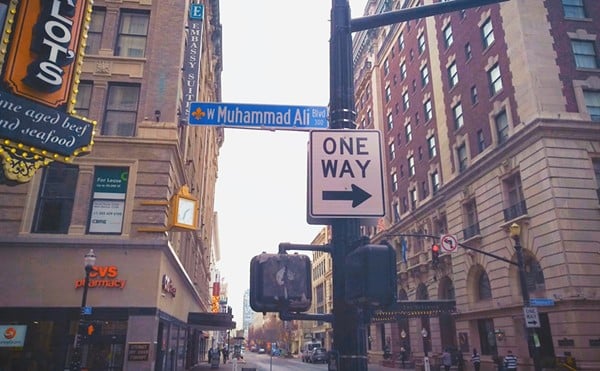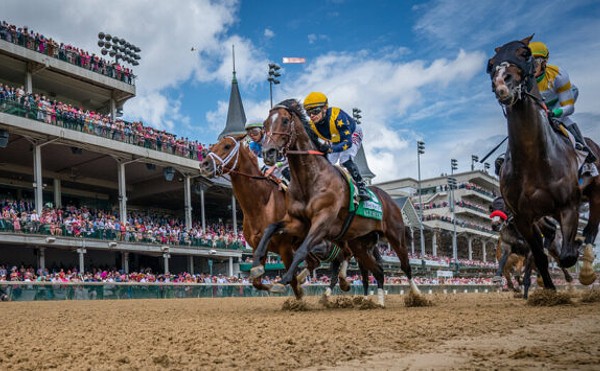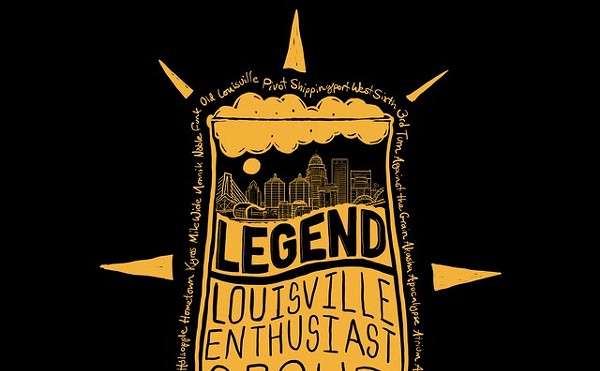
Although it is obviously her film, Dunn says inspiration for the film came from Terrence Malick, the visionary director of “Badlands,” “Days of Heaven” and “The Thin Red Line.” An Austin resident who has followed the trials and tribulations of Barton Springs, he called Dunn up four years ago and persuaded her to work on a film using the Springs as a jumping-off point. He and Robert Redford served as executive producers.
As Dunn began to assemble her research, Malick also became an artistic sounding board. “He pushed me to move into the philosophical realm,” Dunn says.
Perhaps because of that encouragement — as well as her own proclivities toward experimental filmmaking — “The Unforeseen” alternates between talking-head documentary, art film and multimedia presentation. Think “A Brief History of Time” meets “An Inconvenient Truth.”
Like Malick’s films, it has long, meditative segments and striking images that allow you time to revel in natural beauty and ponder larger questions. Unlike most documentaries, “The Unforeseen” warrants repeated viewings on a big screen.
“There is a literal truth, and there is an emotional truth,” Dunn says. Her realm is “the space between the facts” where the intellect and gut meet.
The movie begins with a poem by Kentucky’s own Wendell Berry, who reads from his “Santa Clara Valley” as the camera hovers above a skyscraper construction site. The opening credits are set to a mesmerizing montage of blueprints and maps. In these few minutes, Dunn subtly but forcefully lays out her argument: We have a modern way of life that turns natural beauty into the shallow spectacle of man-made landscapes. It’s no way to live.
The movie then goes on to introduce a cast of characters, including environmental lawyers, farmers, pro-business lobbyists and the Springs itself. All of them work as both narrators of the story of Barton Springs and as symbols of the human and spiritual costs of unchecked growth.
Dunn says the film is about the larger issues of the environment and the economy.
“


These days, the Springs are not in good shape. Roads and homes to the west of the city prevent rain from getting to its natural underground limestone filters. All the rain this year (one of the wettest on record) has gone directly into the Springs, bringing pollutants and high bacteria levels.
“The pool’s been closed a lot,” Dunn laments.
The film’s main antagonist is self-made man and ultra-developer Gary Bradley, who spent years trying to build properties upstream from the Springs, only to see the community rise up against him. Ultimately, all of his ambition was for naught; he’s broke, facing jail time and vilified for his local environmental impact.
”Bradley is a conflicted person,” Dunn explains, somewhat diplomatically. According to Dunn, his love of quick, unregulated growth and immediate prosperity make him “symbolic of a larger conflict and the contradictions of the American Dream and of ambition.”
Dunn will screen her movie at the Kentucky Center Friday evening. The film, which premiered at this year’s Sundance Film Festival, is sponsored by Kentuckians for the Commonwealth. A special cocktail reception with the filmmaker starts at 6 p.m. (Tickets for this are $100; $15 for general seating at 7:30 p.m.)
Contact the writer at
[email protected]





